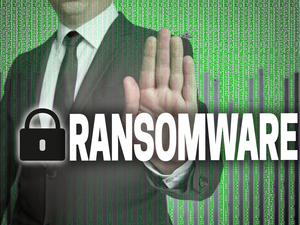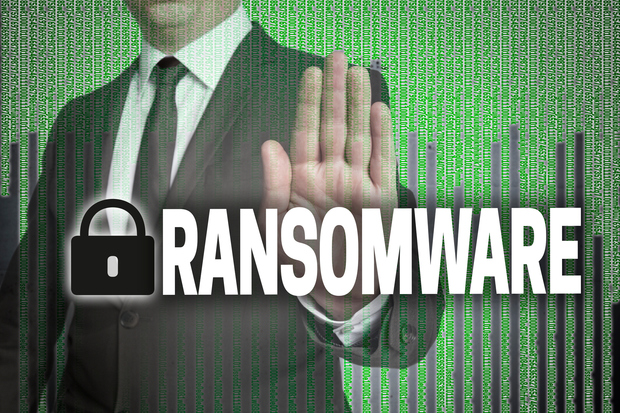Cisco has taken a look at its security capabilities and those of its partners and come up with a playbook to address ransomware.
Ransomware Defense can incorporate a range of Cisco products and address different levels of concern customers might have about ransomware, says Dan Hubbard, a CTO within Cisco’s security business.
More on Network World: Cisco Talos: Spam at levels not seen since 2010
It offers a quick, tactical answer, a more strategic answer that involves an evaluation team that comes up with a plan that involves Cisco gear as well as third party gear customers might already have, and finally an answer for the largest, most sophisticated customers to orchestrate automatic segmentation of the network to isolate machines infected by ransomware, he says.
The first is made up of Cisco’s Umbrella Roaming, which protects devices from accessing known malicious sites, and Advanced Malware Protection (AMP). In the case of ransomware, the Umbrella service can block it from reaching command and control servers that would derive keys with which to encrypt the victim’s files. AMP, which can attach to Cisco routers, switches, firewalls, email appliances, and Web appliances, would detect and block known ransomware.
The second level is more strategic and calls for using Cisco AnyConnect secure mobility client that gives visibility into user and device activity and provides malware protection. This level also calls for consulting with a team of Cisco advisors who assess network defenses and draw up a plan to address ransomware. That plan can include incorporating other vendors’ gear via APIs, Hubbard says.
Finally, the most sophisticated customers Cisco provides a combination of StealthWatch and Identity Services Engine that together can set policies when ransomware is found and automatically isolate infected machines in network segments using Cisco’s switch fabric.
+More on Network World: Cisco CEO Robbins: Wait til you see what’s in our innovation pipeline+
Hubbard says customers say ransomware is one of their top concerns, and Cisco assembled a team on how best to deal with it. “We did not go out and say let’s create a ransomware product,” he says. “If we did that for every threat that was out there we’d have 9,000 SKUs, and that’s probably not a realistic way to go to market.”
Instead, he says Cisco looked at which of its products did well against ransomware tactically and those that address the problem strategically. Then it looked for an architecture that allowed products to work together rather than in isolation.
Most ransomware infections come through email that contains either malicious attachments malicious links. Users click on them at download the malware. Preventing that step is one tactic Cisco uses.
Another is spotting typical ransomware activity, particularly its calling out to command and control servers to create the keys needed to encrypt victims’ files. If that connection is interrupted the malware won’t have tools it needs to carry out is mission. Meanwhile, as it’s sitting there unable to perform, security admins get alerted to jump in and clean up the affected machines.
Similarly, when ransomware has been identified on a machine, it can be isolated on the corporate network so damage can be contained, he said.
This story, "Cisco fashions tactical ransomware defense" was originally published by Network World.
















